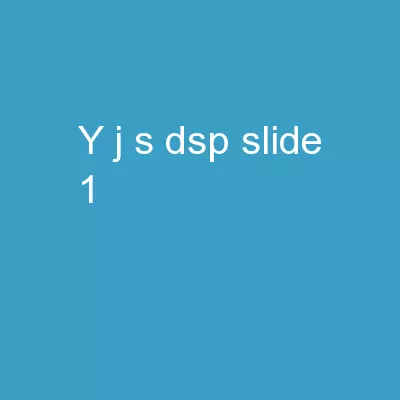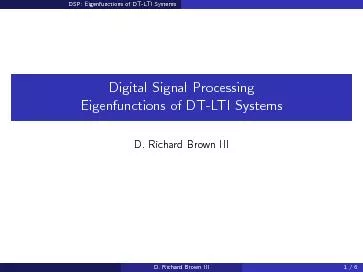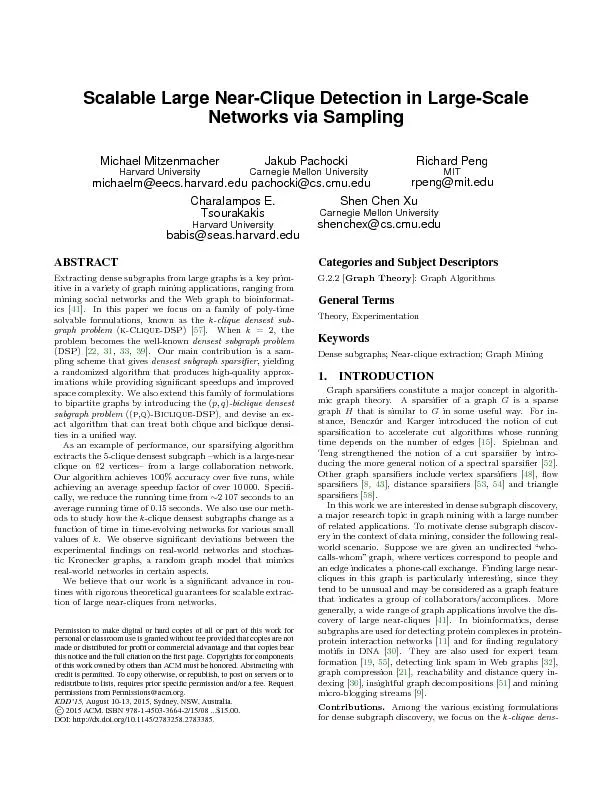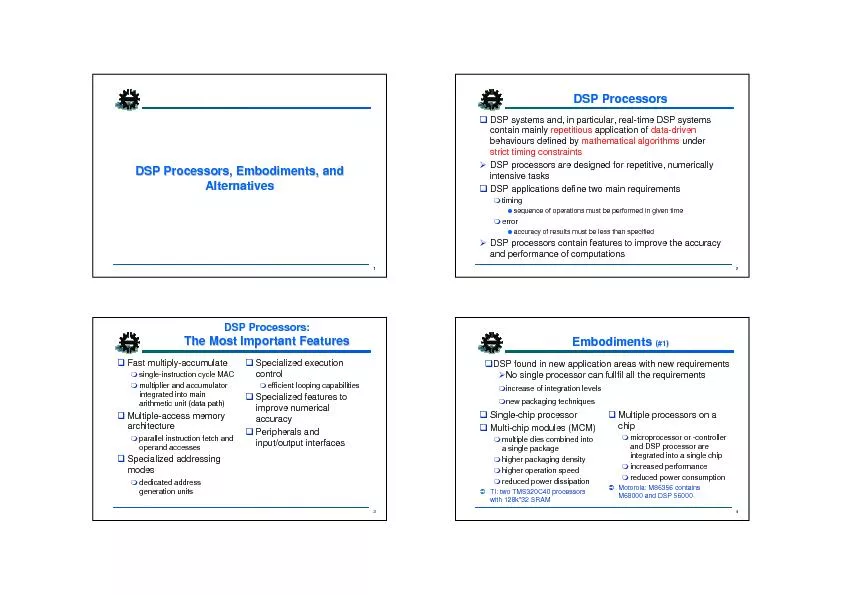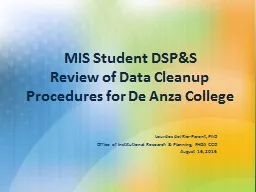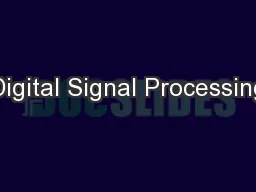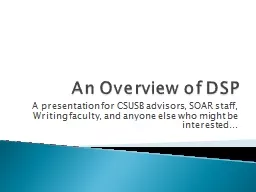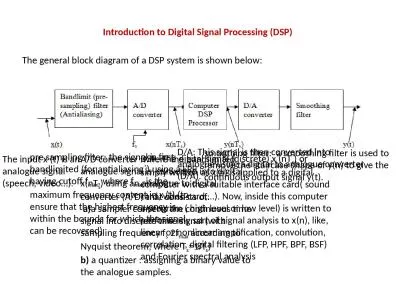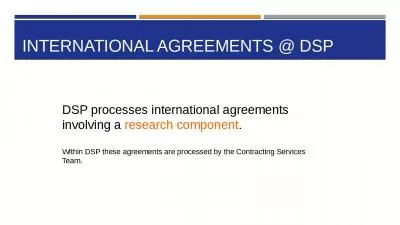PPT-Y(J)S DSP Slide 1
Author : alexa-scheidler | Published Date : 2018-11-26
Outline Signals Sampling Time and frequency domains Systems Filters Convolution MA AR ARMA filters System identification Graph theory FFT DSP processors Speech
Presentation Embed Code
Download Presentation
Download Presentation The PPT/PDF document "Y(J)S DSP Slide 1" is the property of its rightful owner. Permission is granted to download and print the materials on this website for personal, non-commercial use only, and to display it on your personal computer provided you do not modify the materials and that you retain all copyright notices contained in the materials. By downloading content from our website, you accept the terms of this agreement.
Y(J)S DSP Slide 1: Transcript
Download Rules Of Document
"Y(J)S DSP Slide 1"The content belongs to its owner. You may download and print it for personal use, without modification, and keep all copyright notices. By downloading, you agree to these terms.
Related Documents

